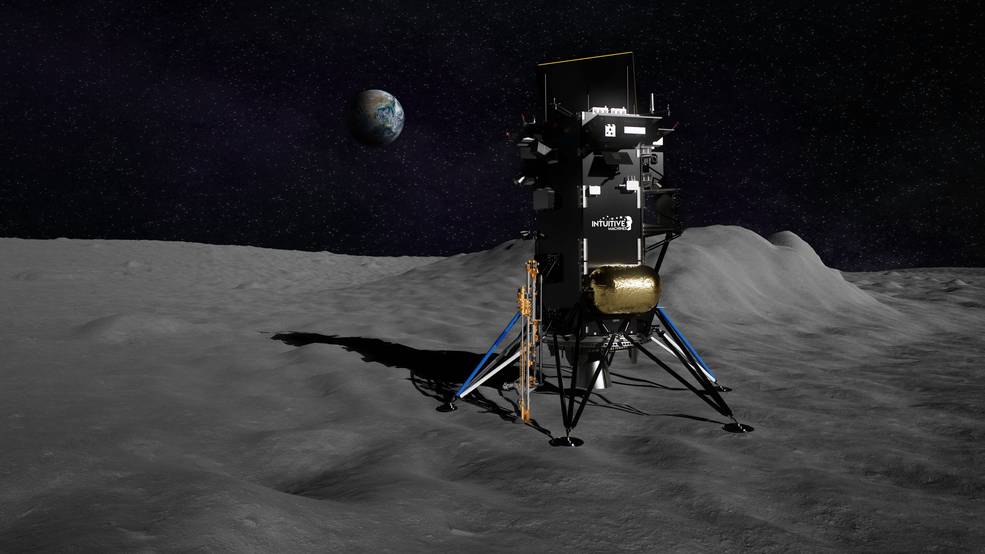
Launch of a new private moon-landing mission is all set for January, following a new liftoff delay.
Intuitive Machines says launch of its NASA-funded IM-1 mission moon lander is ready for multi-day launch window for a moon mission with SpaceX opening Jan. 12, 2024.
"Intuitive Machines completed its lunar lander in September, and the entire company is looking forward to our upcoming launch," Steve Altemus, the company's co-founder and chief executive, said in an Oct. 27 statement.
IM-1 will launch on a SpaceX Falcon 9 rocket from Cape Canaveral Space Force Station on Florida's Space Coast. The mission's Nova-C lander will target the rim of Malapert A, a crater near the lunar south pole.
The mission's last target launch date was November 2023. Speaking to the new delay, Altemus stated there are "inherent challenges of lunar missions" including changes to launching dates, which he emphasized was done in collaboration with SpaceX.
Related: Will private companies beat NASA to the moon?
The truck-sized Nova-C is a hexagonal cylinder with 6 landing legs, measuring about 13 feet (4 meters) tall and 5 ft (1.6 m) wide . The two-ton (nearly 2,000 kg) lander will lift off carrying five NASA science payloads,
Aside from aiming for a lunar landing, Nova-C is meant as a pathfinder for NASA's human spaceflight missions on the moon. It will act as a scout for the Artemis 3 crewed landing, launching for the moon's south pole no earlier than 2025. The greater NASA-led Artemis program already launched the uncrewed Artemis 1 around the moon in 2022 and with Artemis 2, aims to bring a crew of four astronauts on a similar mission in 2024.
Intuitive Machines could be considered to be in an informal race to be the first private venture to safely land on the moon, with Astrobotic looking to launch its Peregrine lander on the debut flight of United Launch Alliance's (ULA) new Vulcan Centaur rocket on Dec. 24.
Both missions are part of NASA's Commercial Lunar Payload Services (CLPS') initiative, which is another facet of NASA's wider Artemis program. CLPS will bring robotic payloads to the moon's south pole, where astronauts are also aiming to land, due to the water-rich region that may allow for mining and logistical support.
Israel also attempted, but did not succeed, in landing the first-ever privately funded mission, called Beresheet, on the moon in 2019; Japan's ispace had a failure for its private Hakuto-R landing mission in 2022. Russia's government was unable to execute a planned moon landing in August 2023, while the Indian Space Research Organisation spectacularly succeeded with Chandrayaan-3 a couple of weeks later.







